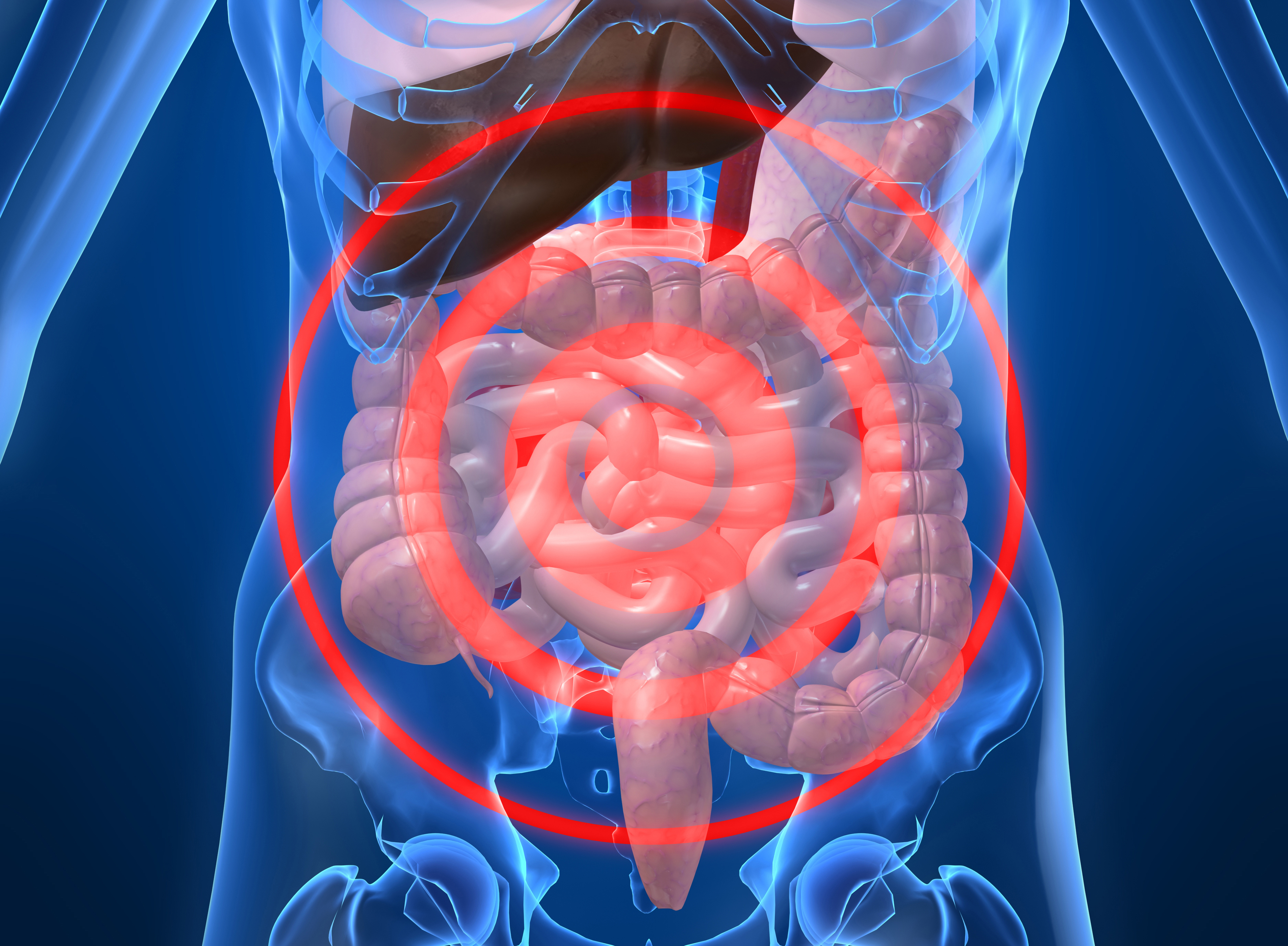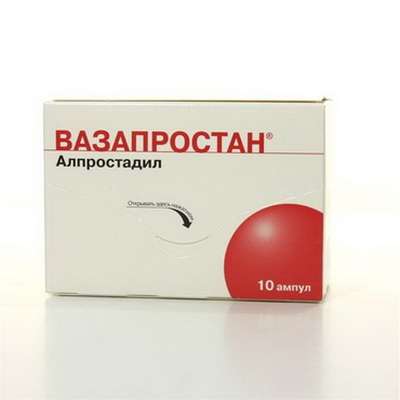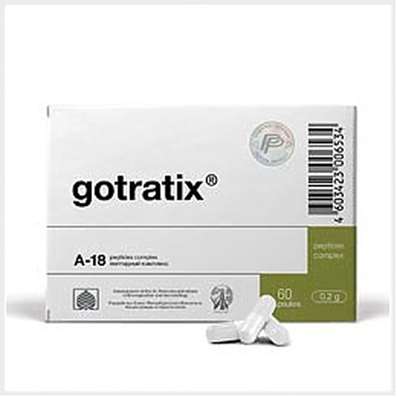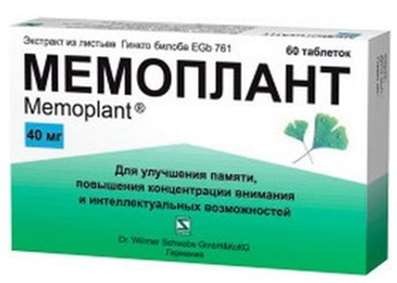Dysbacteriosis: how to restore balance
13 Aug 2018
Today they speak about this problem very often. At the doctor's reception, TV screen, Internet sites, magazine and newspaper pages - everywhere this word: "dysbacteriosis." This is a very strange violation, it is so often declared the main culprit of our health problems, that many have become very skeptical about the very fact of the existence of dysbiosis. And is there such a disease? And is it so serious, how does the ubiquitous advertisement broadcast it? Let's try to figure it out together.
And to begin with we will specify that the separate disease "dysbacteriosis" really does not exist. But thus a dysbacteriosis is quite serious medical problem which can become the reason of development (indirect or direct) the most different pathologies.

What is dysbiosis?
According to one of the definitions, a change in the quantitative and (or) qualitative composition of the bacterial flora is called a dysbacteriosis, caused by a violation of adaptive, protective and compensatory mechanisms.
Such a vague definition of this condition was received due to the fact that the experts still do not have a common opinion about what is dysbiosis. So, the concept of "dysbacteriosis" is absent in ICD-10 and other generally accepted classifications of diseases. That is, it is not considered an independent nosological unit, but rather a deviation from the norm of one of the indices of the internal environment of the organism. Nevertheless, none of the clinicians deny that the development of dysbacteriosis has a huge impact on the body as a whole and leads to a violation of its metabolic, biochemical and immunological balance.
About the emergence of dysbiosis it is customary to speak in the case when the basic microflora, which constitutes 90-95% of the total number of microorganisms in a healthy person, for whatever reasons begins to give way to a rapidly developing residual (conditionally pathogenic) flora, the number of which normally does not exceed 1% of the whole flora.
How and why does dysbacteriosis develop?
According to statistics, which leads the RAMS, at least 90% of the inhabitants of our country during their lifetime suffer from any manifestations of dysbiosis. This prevalence of this disorder is primarily due to the large number of risk factors that are capable of provoking an imbalance in microflora.
Here is just a short list of the main causes of dysbiosis:
- irrational use of antibiotics;
- deficiency in the daily diet of dietary fiber;
- excessive use of products that cause fermentation and putrefactive processes;
- prolonged and frequent stress;
- adverse environmental conditions;
- metabolic diseases;
- bad habits and addictions (drug addiction, alcoholism);
- violation of intestinal motility;
- decreased gastric secretion;
- acute and chronic infections;
- hypovitaminosis;
- violation of digestion and absorption processes.
The main symptoms of dysbiosis
Despite the fact that dysbiosis is not an independent disease, it is possible to identify the most common symptoms characteristic of this condition.
For example, it is believed that the appearance of conventionally pathogenic strains in the intestinal microflora is primarily manifested by irritable bowel syndrome. Also in patients with dysbacteriosis, even at early stages, various metabolic disturbances can be clearly traced (weight loss, dry skin, eye fatigue, deficiency of fat-soluble vitamins and calcium develops).
Disturbance of digestion in the small intestine leads to an intensification of putrefactive and fermenting processes and the emergence of persistent, non-dietary dyspepsia (flatulence, osmotic diarrhea, paroxysmal abdominal pain), and various allergic reactions.
Active multiplication of conditionally pathogenic flora can cause inflammatory processes in the intestinal mucosa (duodenitis, enteritis, colitis, etc.) and functional disorders in all parts of the digestive system.
The change in the qualitative and quantitative composition of the microflora inevitably triggers a chain of pathological processes. Conditionally pathogenic microorganisms begin to multiply actively, which is accompanied by an increased release of bacterial toxins that enter the bloodstream and have a systemic effect on the state of the whole organism. In addition, some digestive enzymes are partially destroyed by the action of bacteria and bile acid transformation takes place, as a result of which digestion and absorption of nutrients are disrupted.
Depending on the degree of expression of the nature of the prevailing flora, it is customary to allocate several degrees of dysbiosis:
I degree - a violation of appetite, unstable stool, flatulence, uneven staining of feces;
II degree - a feeling of overfilling of the stomach and intestines after eating, belching, heartburn, flatulence, migraine pains in the abdomen, unstable stools, skin allergic reactions, symptoms of hypovitaminosis;
III degree - symptoms of gastrointestinal dyspepsia become even more pronounced and frequent, signs of trophic disorders appear;
IV degree - signs of systemic intoxication, violations in the work of all organs and systems, general weakening of the body, pathological impurities in the feces.
Bacterial vaginosis
No less serious problem than intestinal dysbiosis, is a common gynecological pathology, such as bacterial vaginosis - i.e. violation of the qualitative and quantitative composition of the microflora of the vagina.
Normal genital microflora plays a huge role in maintaining the reproductive health of women. The main representatives of the "useful" flora in the vagina, as well as in the intestines, are lacto- and bifidobacteria. They produce lactic acid and hydrogen peroxide, which form an acidic environment and prevent the propagation of opportunistic pathogens and the penetration of infection from the outside.
Violation of the balance of the microflora of the vagina creates favorable conditions for the development of fungal, bacterial or mixed infection. Chronic inflammatory process of internal genital organs leads to permanent damage to the mucous membrane of the vagina and cervix, it disrupts its protective mechanisms and the ability to regenerate, thereby increasing the risk of developing precancerous and malignant diseases. In addition, a direct relationship between vaginal dysbacteriosis and infertility, as well as an increased risk of adverse pregnancy outcome, has been found.
Symptoms of vaginal dysbacteriosis are nonspecific, and in a number of cases the disease proceeds secretly and is only detected by chance, with a routine examination by a gynecologist. Most often, patients complain of copious prolonged discharge with an unpleasant odor. If the itching, burning and irritation of the mucosa are added, then it is about attaching any infection and developing the inflammatory process.
General principles of treatment of dysbiosis
Treatment of dysbiosis includes 5 consecutive stages:
1. Correction of external risk factors
It is necessary to normalize the diet, to review the qualitative composition of the diet (supplementing the diet with vitamins and microelements, increasing the intake of dietary fiber and pectin to create the optimal habitat for microflora), and to monitor the quality of drinking water.
2. Treatment of functional disorders and chronic diseases
Even the most effective therapy of dysbacteriosis will give only a short-term effect if conditions for repeated relapse persist.
3. Suppression of excess conditionally pathogenic microflora
To prescribe drugs (antibiotics), it is necessary to determine the severity of the dysbacteriosis and the spectrum of the microflora sown. In most cases, antibiotic therapy is prescribed only after an intestinal infection has been identified and confirmed.
4. Reception of pre- and probiotics taking into account the peculiarities of the patient's condition
To correct the imbalance of microflora, pre- and probiotics are very widely used today. Probiotics include preparations containing living microorganisms that help restore the microbial composition of the intestine (or vagina). First of all, they include lacto- and bifidobacteria. Also used as probiotics are preparations containing streptococci, non-pathogenic strains of E. coli and clostridia, fungi Saccharomyces boulardii. Prebiotics are agents containing substances that create optimal conditions for the growth and reproduction of beneficial microflora. Prebiotics are most often used food fibers (drugs and dietary supplements) and carbohydrate complexes: fructo-oligosaccharides and galactooligosaccharides.
5. Fixing and maintaining the achieved therapeutic effect
To this end, the general strengthening non-drug methods are used: correct mode of work and rest, rejection of bad habits, prevention of stress and strengthening of immunity, dietary restrictions, supplementation of multivitamins and periodic maintenance courses for prebiotics.

 Cart
Cart





